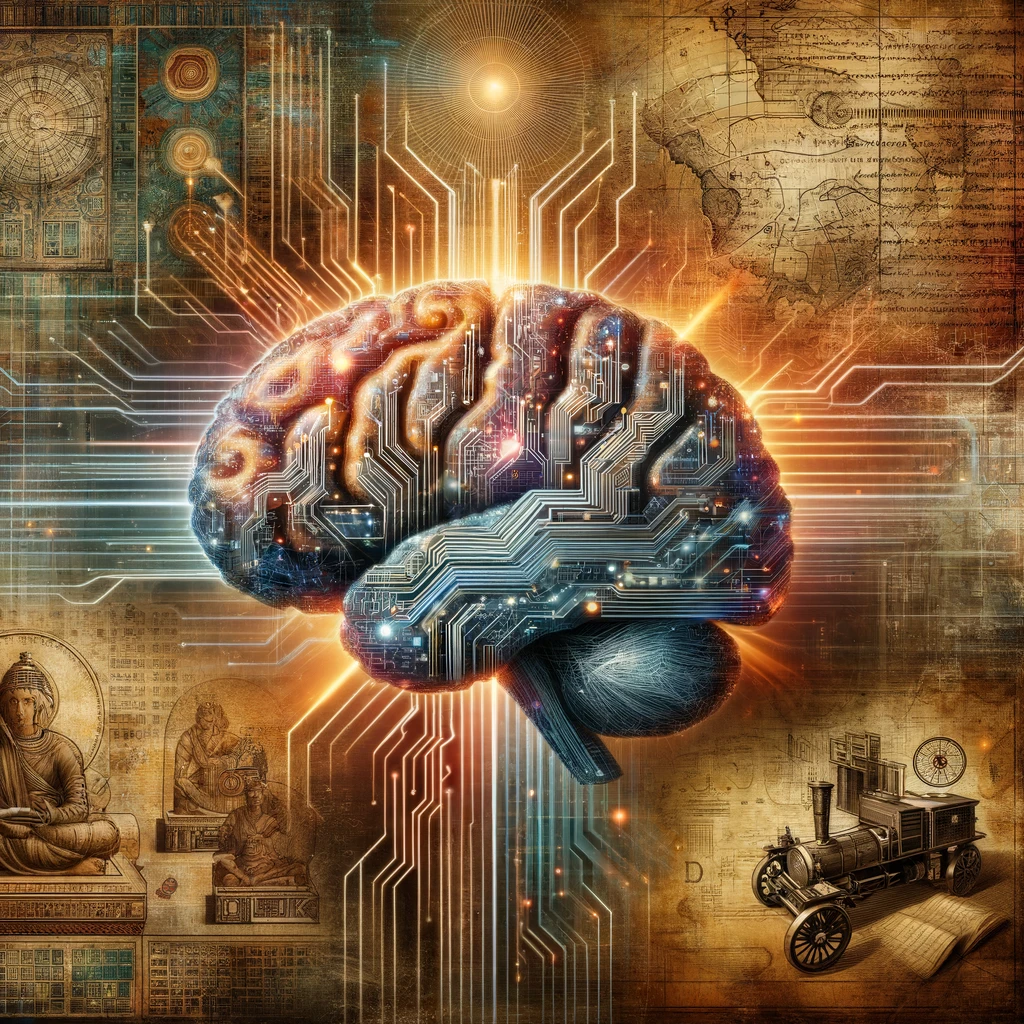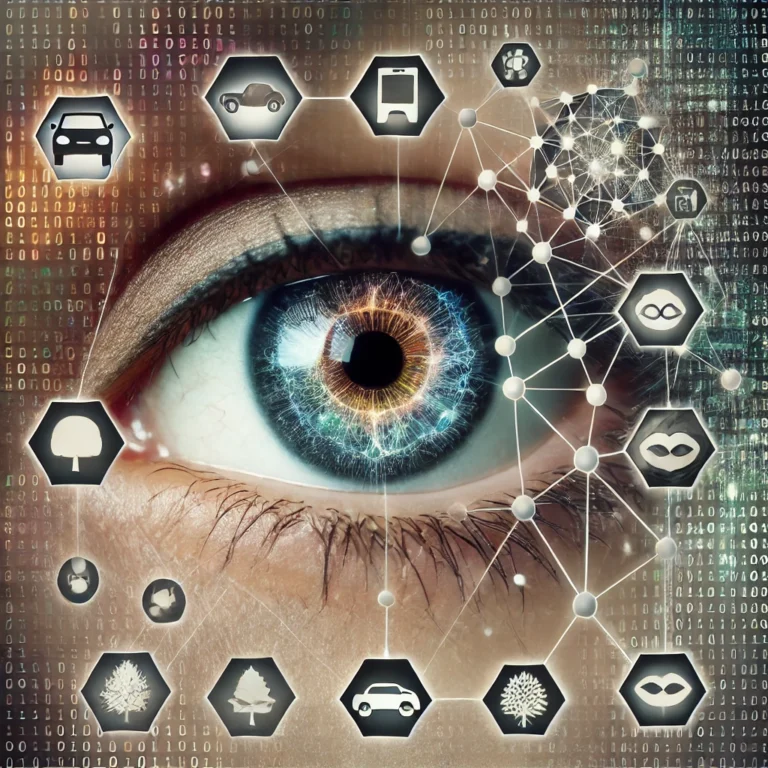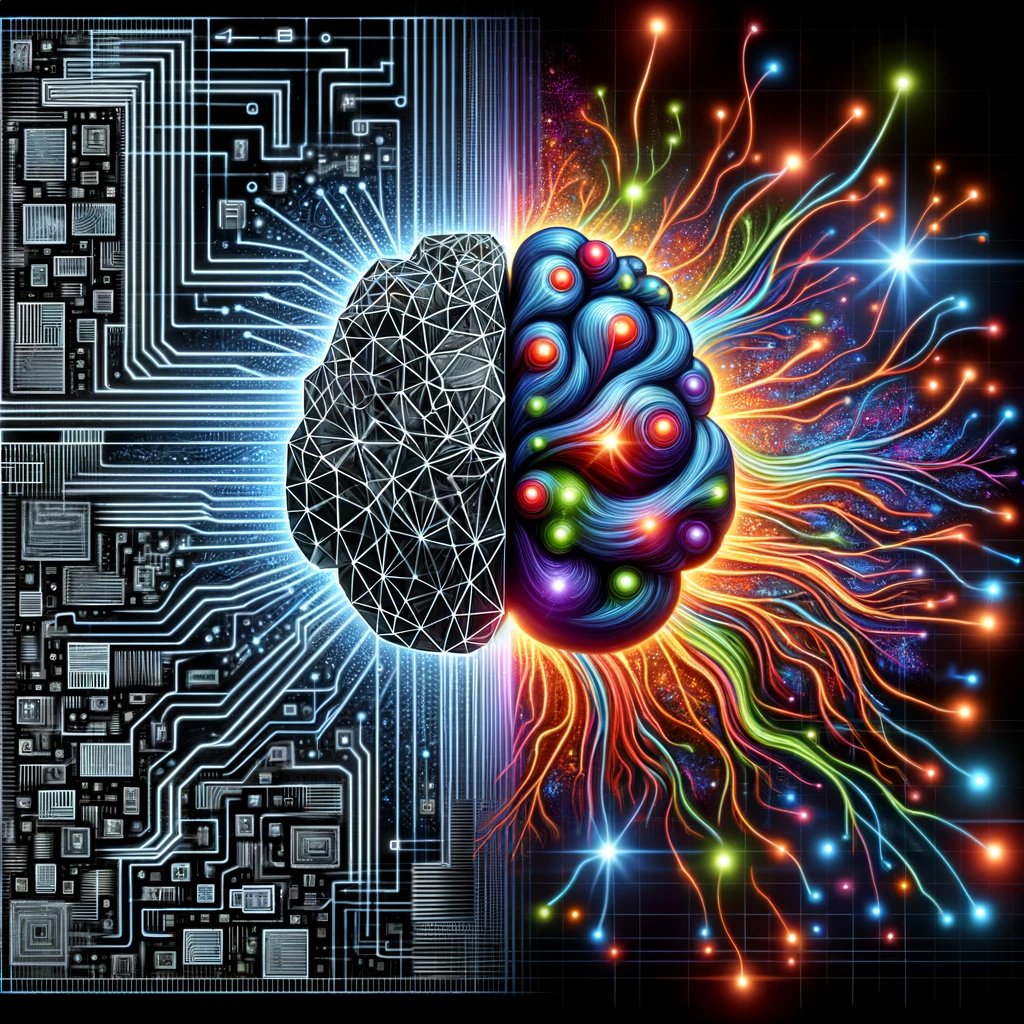
Deep learning, a subset of machine learning in artificial intelligence (AI), has revolutionized how computers learn from data. This introduction explores the definition, significance, and historical journey of deep learning, laying the groundwork for understanding its transformative impact on AI.
1. Unraveling the Mysteries of Deep Learning
Definition and Significance
Deep learning is an advanced type of machine learning within artificial intelligence (AI) that mimics how the human brain processes data.
It is used for detecting objects, recognizing speech, translating languages, and making decisions. Unlike traditional machine learning, which analyzes data in a linear way, deep learning uses multiple layers of artificial neural networks.
The term “deep” refers to the numerous layers through which data is transformed, allowing for the extraction of complex features.
Deep learning is significant because it can handle vast amounts of unstructured data, making it a cornerstone of modern AI applications.
Its ability to learn and improve from experience without explicit programming has led to breakthroughs in computer vision, natural language processing, and beyond.
Brief History and Evolution

Neural networks, the foundation of deep learning, date back to the 1940s, but “deep learning” became popular in the 2000s.
Key milestones include the development of the backpropagation algorithm in the 1980s and the introduction of convolutional neural networks (CNNs) in the 1990s.
The resurgence of deep learning in the 21st century is due to the availability of large datasets and increased computational power, allowing for larger networks and significant AI advancements.
Deep learning has evolved with the creation of various architectures and algorithms to address specific challenges.
From CNNs for image recognition to recurrent neural networks (RNNs) for sequence analysis, deep learning continues to expand and diversify.

Deep learning has transformed AI by enabling machines to learn and make decisions similar to human cognition.
Its journey from simple neural networks to complex architectures underscores its dynamic nature.
As we explore the fundamentals, technologies, applications, and challenges of deep learning, we recognize its role as a transformative force reshaping our interaction with the world.
2. Fundamentals of Deep Learning

Deep learning has revolutionized the approach to complex problems in AI by using layered algorithms to learn from large datasets. This section covers the core principles of deep learning, including neural networks and their architecture, and highlights how deep learning differs from traditional machine learning.
Neural Networks and Their Architecture
Artificial neural networks (ANNs), inspired by the human brain, are at the heart of deep learning. An ANN consists of layers of interconnected nodes or “neurons” that perform specific computations. These networks enable machines to recognize patterns and make decisions based on processed data.
- Input Layer: Receives the initial data.
- Hidden Layers: Perform computations and feature extraction. The depth of a network, indicated by multiple hidden layers, gives deep learning its name.
- Output Layer: Produces the final prediction or classification.
Neurons in each layer are connected to neurons in the next layer, with connections (or “weights”) being adjusted during training to minimize the difference between predicted and actual outputs, a process called backpropagation.
Deep Learning vs. Traditional Machine Learning
The main difference between deep learning and traditional machine learning is in feature extraction. Traditional machine learning requires manual feature extraction, needing domain expertise to identify relevant features, which is time-consuming and may miss nuances in the data.
Deep learning automates feature extraction.
Its multiple layers can identify relevant features for a task, learning complex patterns without human intervention.
This allows deep learning models to handle unstructured data like images, audio, and text more effectively.
The hierarchical structure enables deep learning models to learn features at different levels of abstraction, making them exceptional at tasks like image and speech recognition.
The fundamentals of deep learning, including neural network architecture and automated feature extraction, distinguish it from traditional machine learning.
By leveraging deep neural networks, deep learning has enabled significant advancements in AI, tackling previously insurmountable problems.
Understanding these principles is essential for exploring the potential of deep learning technologies.
3. Key Technologies and Algorithms in Deep Learning

Deep learning includes a variety of technologies and algorithms designed for specific data types and AI challenges. This section explores key technologies such as Convolutional Neural Networks (CNNs) and Recurrent Neural Networks (RNNs), along with other notable algorithms, highlighting their functionalities and impact.
Convolutional Neural Networks (CNNs)
CNNs are specialized for processing structured grid data like images. They automatically learn spatial hierarchies of features from images.
- Architecture: CNNs consist of convolutional layers, pooling layers, and fully connected layers. Convolutional layers apply filters to capture spatial features, pooling layers reduce data dimensionality, and fully connected layers make predictions or classifications.
- Applications: CNNs are revolutionary in image and video recognition, image classification, and medical image analysis, where they outperform traditional algorithms in detecting patterns and objects.
Recurrent Neural Networks (RNNs)
RNNs recognize patterns in sequences of data, such as text or time series. They have loops within the network to keep track of information in sequences, remembering past inputs to process new ones.
- Architecture: RNNs use loops to maintain a context of previous inputs, making them ideal for tasks where the order of data points matters.
- Applications: RNNs excel in natural language processing tasks like language modeling, text generation, and machine translation, as well as in speech recognition and time series analysis.
Other Key Algorithms
- Long Short-Term Memory (LSTM): An extension of RNNs, LSTMs avoid long-term dependency issues, remembering information for extended periods, making them effective for complex sequence predictions.
- Generative Adversarial Networks (GANs): GANs consist of a generator and a discriminator trained simultaneously. The generator creates data, and the discriminator evaluates its authenticity. GANs are used for image generation, photo-realistic synthesis, and style transfer.
- Transformer Models: Introduced with “Attention is All You Need,” transformers process input data in parallel, making them faster and more efficient than RNNs and LSTMs. They are foundational for models like BERT and GPT, advancing language understanding and generation.
Deep learning technologies and algorithms are diverse, each offering unique advantages for different AI tasks.
CNNs and RNNs push the boundaries in image processing and sequential data analysis, while LSTMs, GANs, and transformers open new possibilities in AI research and application.
These technologies showcase deep learning’s versatility and power in tackling complex challenges.
4. Applications of Deep Learning
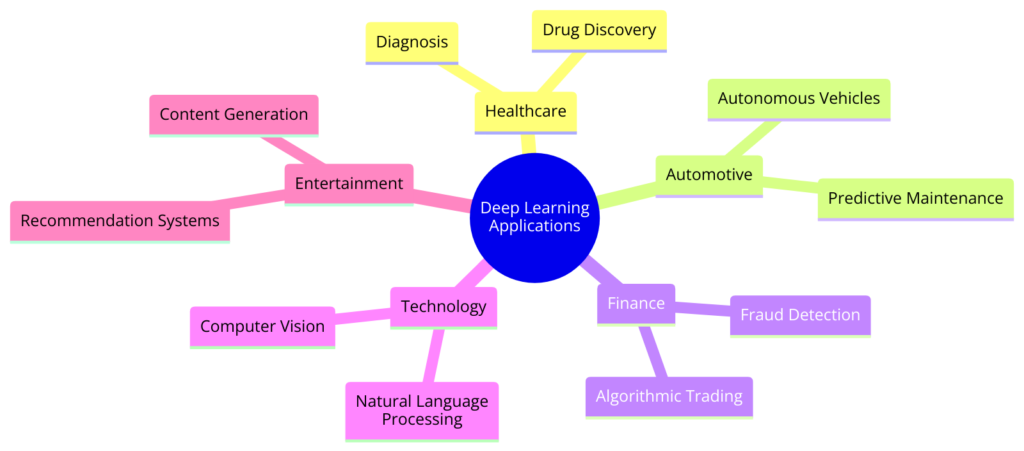
Deep learning has achieved remarkable success across various fields, transforming how we interact with technology. Its ability to process and learn from large datasets has led to significant advancements in image and speech recognition, natural language processing (NLP), autonomous vehicles, and more. This section highlights diverse applications and case studies showcasing deep learning’s transformative impact.
Image and Speech Recognition
Image Recognition
Deep learning, especially CNNs, has become the standard for image recognition. These models are trained on large datasets to recognize patterns, objects, and faces with high accuracy, powering applications in security systems, medical imaging diagnostics, and consumer apps like photo tagging.
Speech Recognition
RNNs and LSTMs have significantly improved speech recognition, enabling voice-activated assistants, real-time translation services, and accessibility tools. These models understand and transcribe human speech with high accuracy, making human-computer interaction more natural.
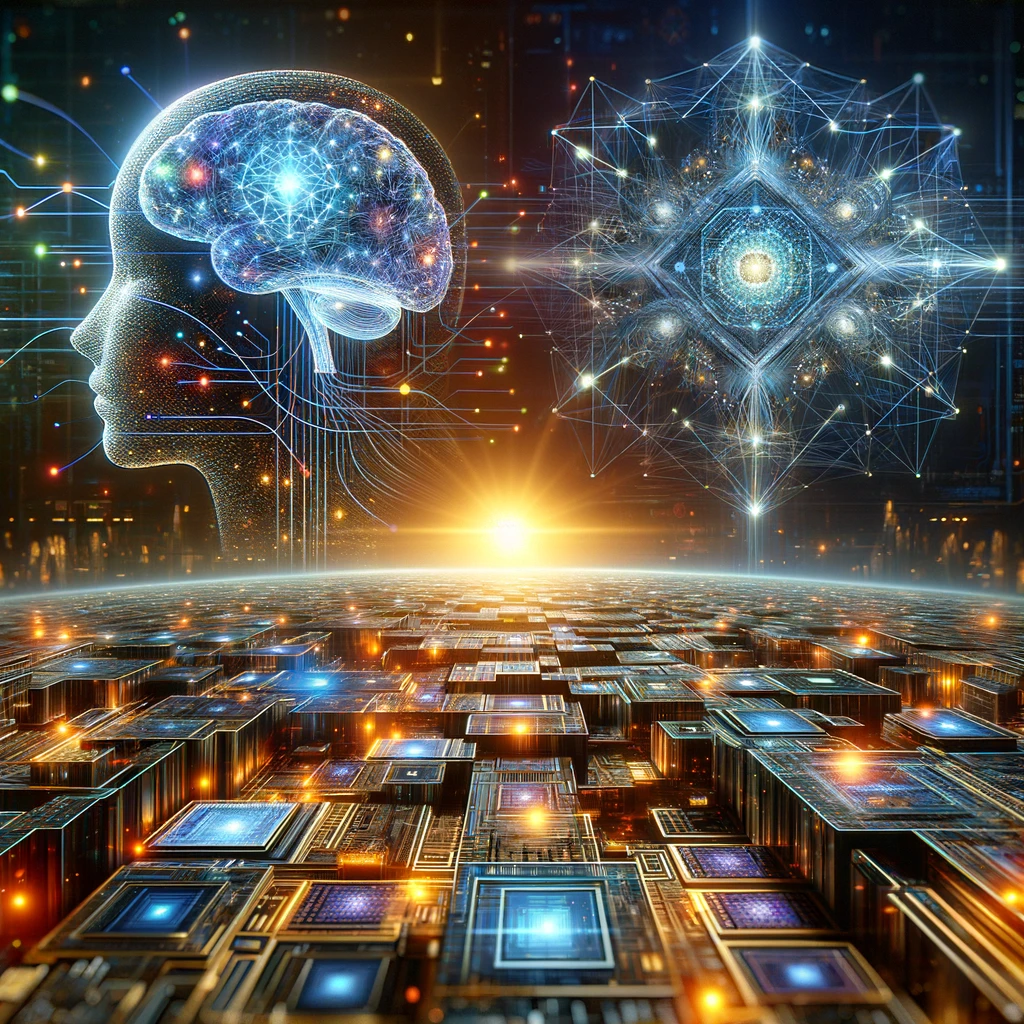
Natural Language Processing (NLP)
Deep learning has advanced NLP, allowing machines to analyze, understand, and generate human language. Transformer models like BERT and GPT set new standards for language tasks, supporting sentiment analysis, chatbots, and automated content creation. These models capture language nuances, making AI interactions more intuitive.
Autonomous Vehicles
Deep learning is crucial for developing autonomous vehicles. By processing data from sensors and cameras, deep learning models help vehicles understand surroundings, make decisions, and navigate safely. These models recognize traffic signs, pedestrians, and road conditions, advancing self-driving technology.
Case Studies
Healthcare
Deep learning models diagnose diseases from medical images with accuracy comparable to or exceeding human experts. For example, algorithms identify cancer in X-rays and MRIs, improving diagnostic speed and accuracy.
Finance
In finance, deep learning detects fraud, enables algorithmic trading, and enhances customer service. By analyzing transaction data, these models identify fraud patterns and recommend investment strategies.
Entertainment
Streaming services like Netflix and Spotify use deep learning to personalize content recommendations, enhancing user experience by predicting preferences based on past interactions.
Deep learning’s applications are vast and growing, impacting many aspects of our lives.
From improving medical diagnostics to developing autonomous vehicles and transforming customer service, deep learning drives technological advancements.
As deep learning evolves, its applications will become more diverse and impactful, shaping AI’s future integration into society.
5. Challenges in Deep Learning
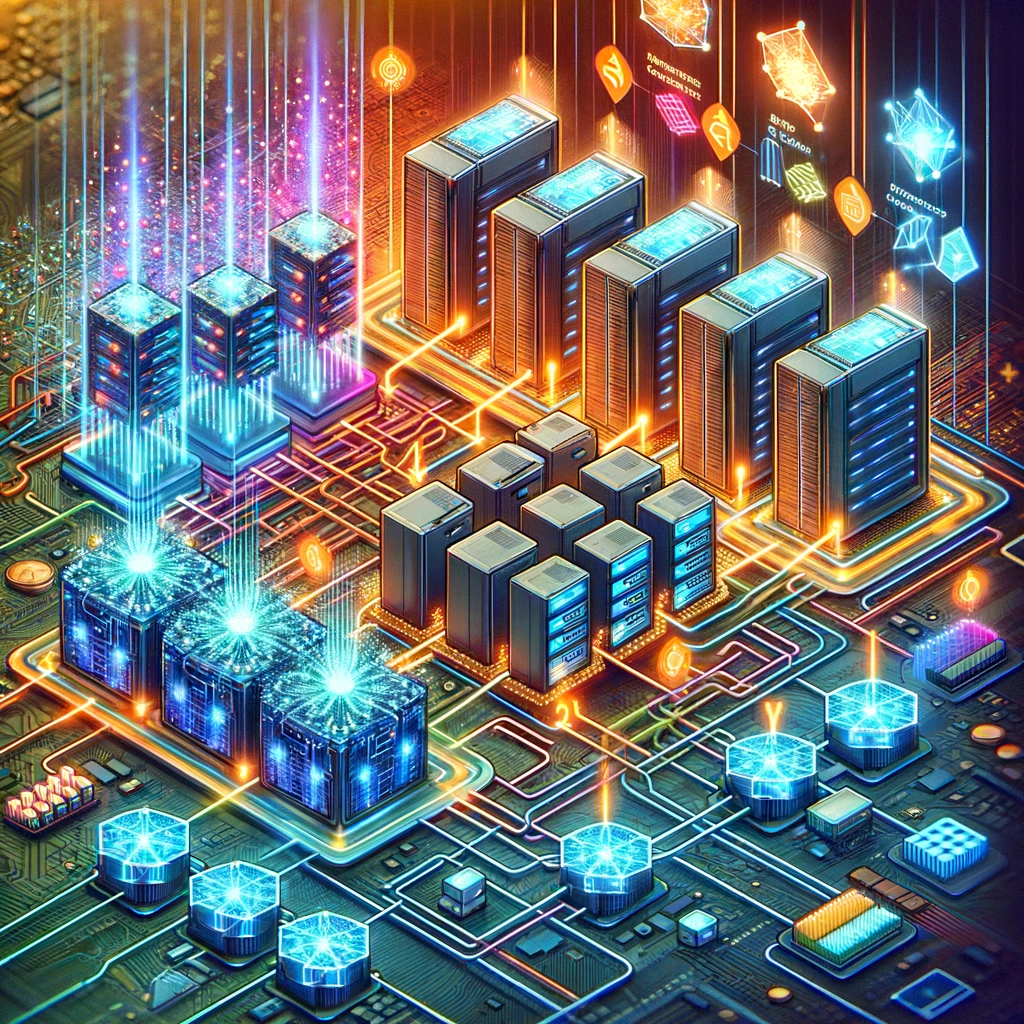
While deep learning has driven AI innovation, it faces significant challenges that need addressing. These challenges include technical hurdles, ethical concerns, and societal implications. Understanding these challenges is crucial for advancing and responsibly applying deep learning technologies.
Technical Challenges
Data Requirements
Deep learning models need vast amounts of labeled data for training, which can be time-consuming and expensive to collect and clean. High-quality datasets are essential for model performance.
Computational Power
Training deep learning models, especially large ones, requires significant computational resources, limiting accessibility for those without powerful computing infrastructure.
Overfitting and Generalization
Deep learning models are prone to overfitting, where they perform well on training data but fail to generalize to new data. Balancing model complexity and generalizability is a key challenge.
Interpretability and Explainability
Complex deep learning models are often “black boxes,” making it difficult to understand their decision-making processes. This lack of transparency is problematic in critical applications like healthcare and criminal justice.
Ethical and Societal Implications
Bias and Fairness
Deep learning models can perpetuate biases present in training data, leading to unfair or discriminatory outcomes, especially in sensitive applications like hiring and lending.
Privacy
Collecting and using large datasets for training raises privacy concerns. Ensuring ethical data use and protecting individuals’ privacy is a growing challenge.
Security
Deep learning systems are vulnerable to adversarial attacks, where slight alterations to input data can cause incorrect outputs. Ensuring model security, particularly in safety-critical applications, is crucial.
Societal Impact
The automation enabled by deep learning could impact the workforce and society, potentially displacing jobs and widening inequality gaps.
Moving Forward
Addressing these challenges requires technical innovation, ethical consideration, and regulatory oversight.
Researchers are exploring methods to reduce data and computational needs, such as transfer learning and model compression.
Improving model interpretability and fairness is also a focus, with developments in explainable AI and bias mitigation.
Collaboration among AI practitioners, ethicists, policymakers, and communities is essential to navigate ethical and societal implications.
Inclusive dialogue can help ensure deep learning benefits are widely shared while minimizing potential harms.
While deep learning drives AI progress, addressing its challenges is essential for sustainable and responsible advancement. Through continued research, ethical consideration, and collaborative problem-solving, deep learning’s potential can be fully realized, benefiting humanity and mitigating risks.
6. The Future of Deep Learning
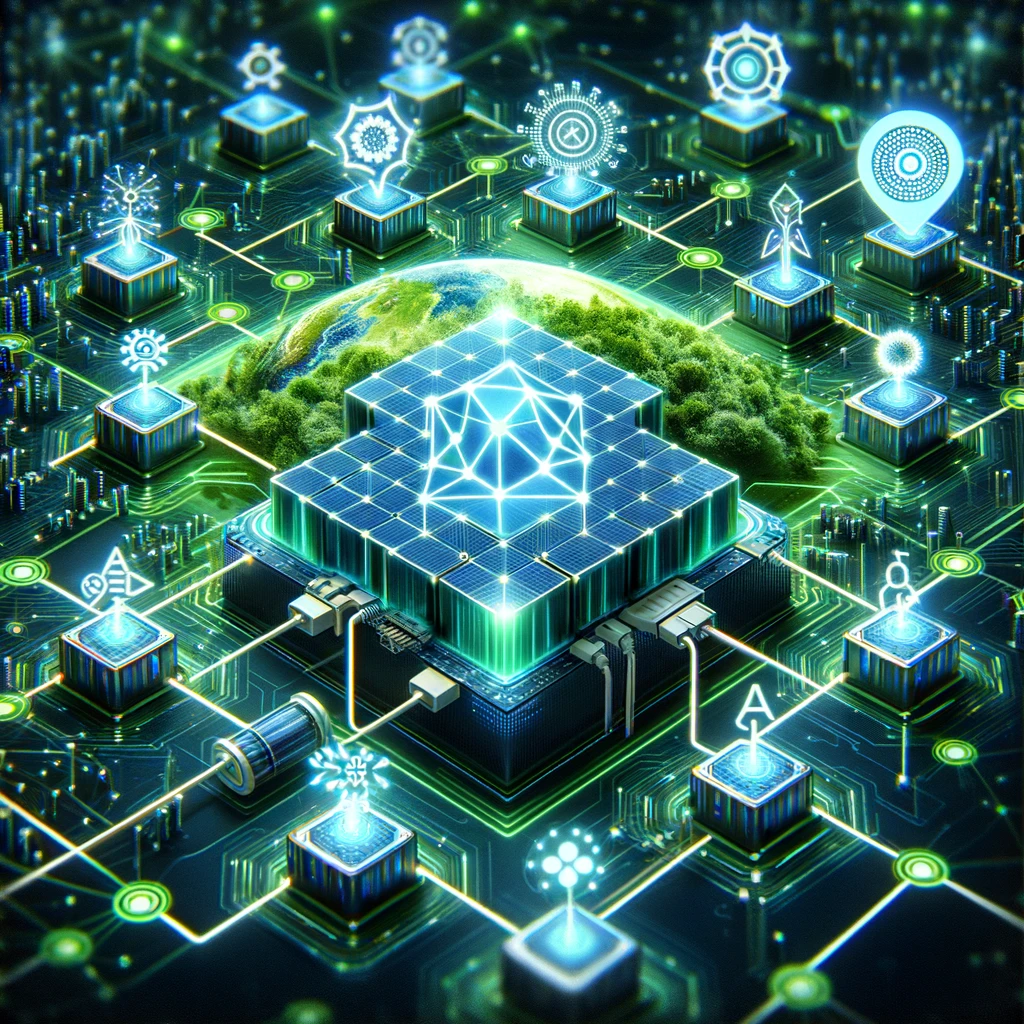
The deep learning is rapidly evolving, driven by research breakthroughs and technological advancements. This section explores emerging trends, potential future developments, and the evolving role of deep learning in AI.
Emerging Trends in Deep Learning
Self-Supervised and Unsupervised Learning
Research is shifting towards models that can learn from unlabeled data, reducing reliance on large annotated datasets and unlocking new applications.
Efficient and Scalable Models
With rising computational costs, there is a focus on developing efficient algorithms requiring less power. Techniques like network pruning, quantization, and knowledge distillation are making models more scalable and sustainable.
Explainable AI (XAI)
Creating interpretable and explainable models is crucial, especially for critical applications. Advances in XAI will bridge the gap between AI capabilities and human trust.
Integration Across Modalities
Future models will integrate information across different data types, such as visual, textual, and auditory data, leading to more sophisticated AI systems.
Potential Future Developments
Generalizable AI
Progress in deep learning could lead to more adaptable and generalizable models, bringing us closer to Artificial General Intelligence (AGI).
AI and Human Collaboration
Deep learning will enhance human-AI collaboration, combining human creativity with AI efficiency to transform industries, research, and decision-making.
Personalized AI Services
Sophisticated models will enable personalized AI services in healthcare, education, and more, improving outcomes and user experiences.
The Evolving Role of Deep Learning in AI Advancements
Deep learning will continue to be pivotal in AI advancements, driving innovation across domains. Balancing capabilities with ethical and societal considerations is essential for sustainable progress.
The future of deep learning holds immense potential for positive impact. Focusing on ethical development, inclusivity, and responsible use will ensure deep learning benefits are broadly realized. By leveraging deep learning for the greater good, AI development can align with human values and needs.
Deep learning has profoundly impacted AI and will continue to shape its evolution. Embracing deep learning’s possibilities while addressing challenges and ethical implications ensures AI development benefits humanity. The journey of deep learning is ongoing, with each advancement bringing us closer to realizing AI’s full potential.
8. Conclusion: The Transformative Impact of Deep Learning
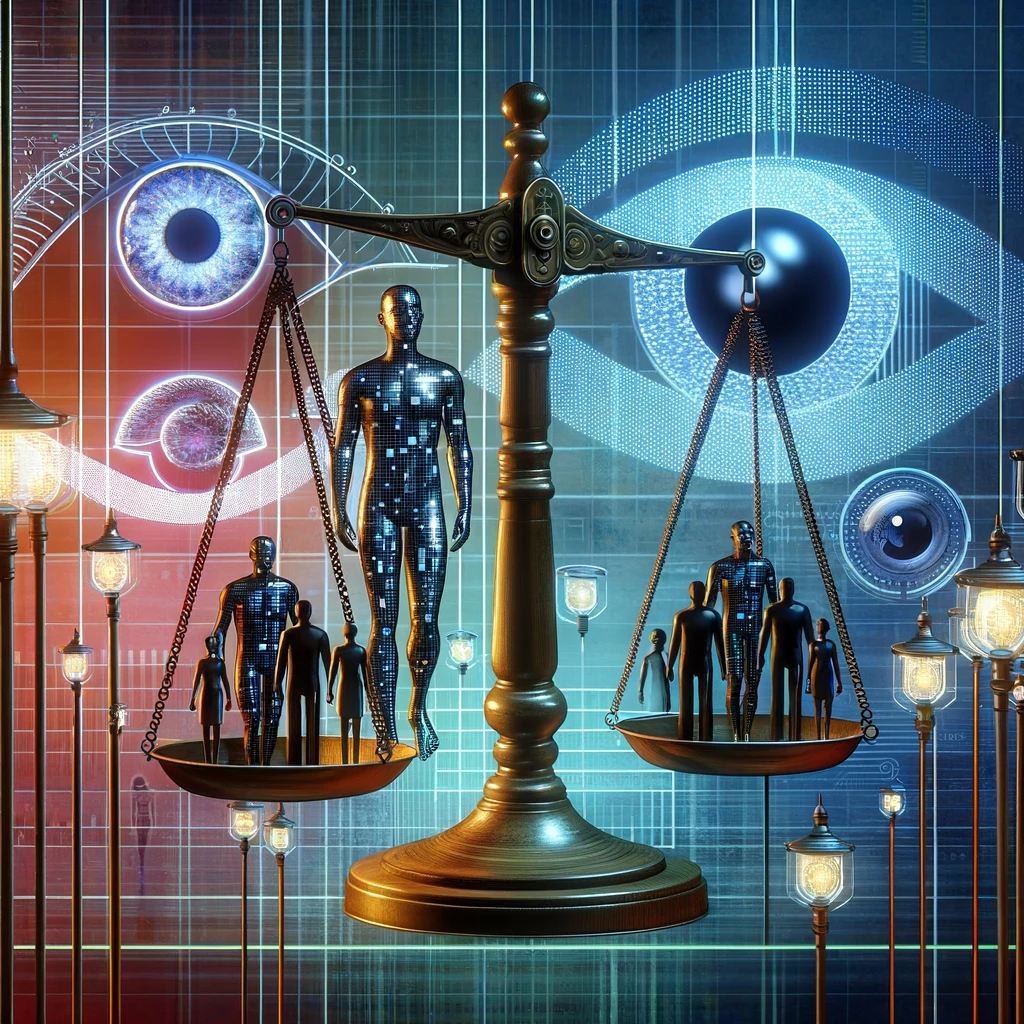
Deep learning’s journey from concept to cornerstone of AI highlights its transformative impact. It has reshaped AI, enabling advancements that seemed like science fiction. This conclusion summarizes deep learning’s impact and reflects on the responsible development and use of AI technologies.
The Transformative Impact
Deep learning has revolutionized fields like computer vision, NLP, and autonomous systems. Its ability to learn from vast data and improve over time allows machines to perform tasks with human-like accuracy and efficiency. Advancements in image and speech recognition, language understanding, and predictive analytics push AI boundaries and open new possibilities.
Deep learning models like CNNs, RNNs, and transformers are central to these achievements, powering applications that impact daily life, from digital assistants to diagnostic tools.
Reflections on Responsible Development and Use
Responsible development and use of deep learning and AI technologies are crucial as we advance. Challenges like ethical considerations, bias, privacy, and environmental impact highlight the need for a balanced approach. Ethical guidelines, transparency, and fairness ensure AI benefits are accessible and potential harms are mitigated.
Interdisciplinary collaboration is vital for achieving this balance. Experts from various fields must work together to develop ethical frameworks and policies. Engaging with the broader community helps understand AI’s societal impact and aligns development with societal values and needs.
Looking Forward
Deep learning’s future is promising, with potential for further breakthroughs and innovations. Grounding advancements in ethical principles and responsible practices is crucial. Ongoing dialogue among researchers, practitioners, policymakers, and the public will navigate future challenges and opportunities.
Deep learning has had a profound impact on AI and will continue driving its evolution. Embracing deep learning’s possibilities while addressing challenges and ethical implications ensures AI development benefits humanity. The journey of deep learning is ongoing, with each advancement bringing us closer to realizing AI’s full potential.
FAQ & Answers
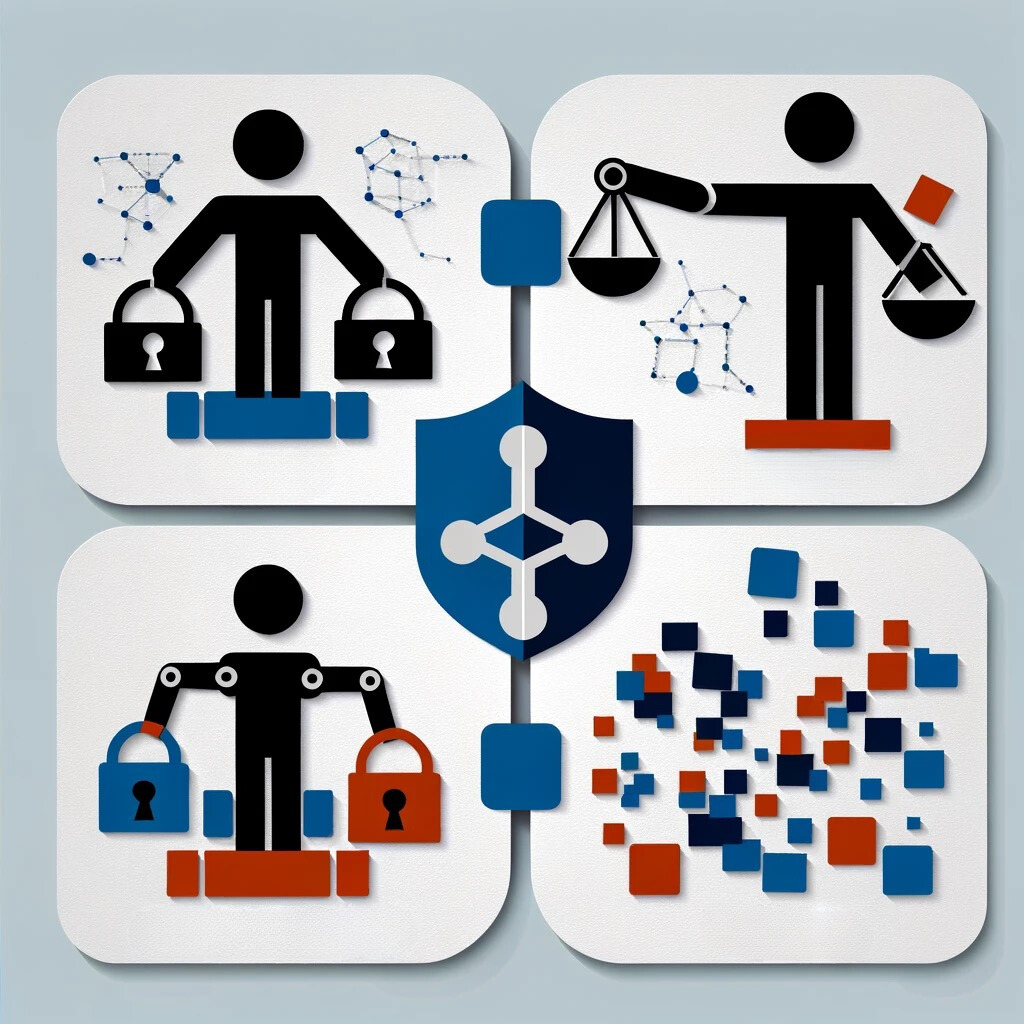
1. What is Deep Learning in AI?
Deep Learning is a subset of machine learning in AI, using layered neural networks to analyze various forms of data, mimicking the human brain.
2. How does Deep Learning differ from traditional Machine Learning?
Unlike traditional machine learning, deep learning can automatically learn and improve from experience without being explicitly programmed.
Quiz
Quiz 1: Deep Learning Technologies
Instructions: Match the correct deep learning technology to its description.
Descriptions:
- This technology is a type of neural network architecture that is particularly well-suited for processing images. It uses a series of convolutional layers to automatically and adaptively learn spatial hierarchies of features from input images.
- A deep learning framework that allows for easy and flexible design, training, and deployment of a wide range of neural networks. Developed by Facebook’s AI Research lab, it has become a favorite among researchers for its speed and efficiency.
- This architecture is designed for sequence processing, and it addresses the limitations of traditional recurrent neural networks (RNNs) by using gates to control the flow of information. These gates can learn which data in a sequence is important to keep or discard, enabling it to capture long-term dependencies more effectively.
- A model architecture that has revolutionized natural language processing tasks. It is designed to pre-train deep bidirectional representations from unlabeled text by jointly conditioning on both left and right context in all layers. As a result, the pre-trained model can be fine-tuned with just one additional output layer to create state-of-the-art models for a wide range of tasks.
- An open-source machine learning framework that is widely used for developing and training ML models. Initially created by Google Brain, it offers comprehensive libraries for a range of tasks in machine learning and deep learning, making it accessible for both beginners and experts.
- A deep learning technique that involves training two models simultaneously: a generator that generates new data instances, and a discriminator that evaluates them for authenticity; the goal is for the generator to become so good at producing data that the discriminator can’t distinguish real from fake.
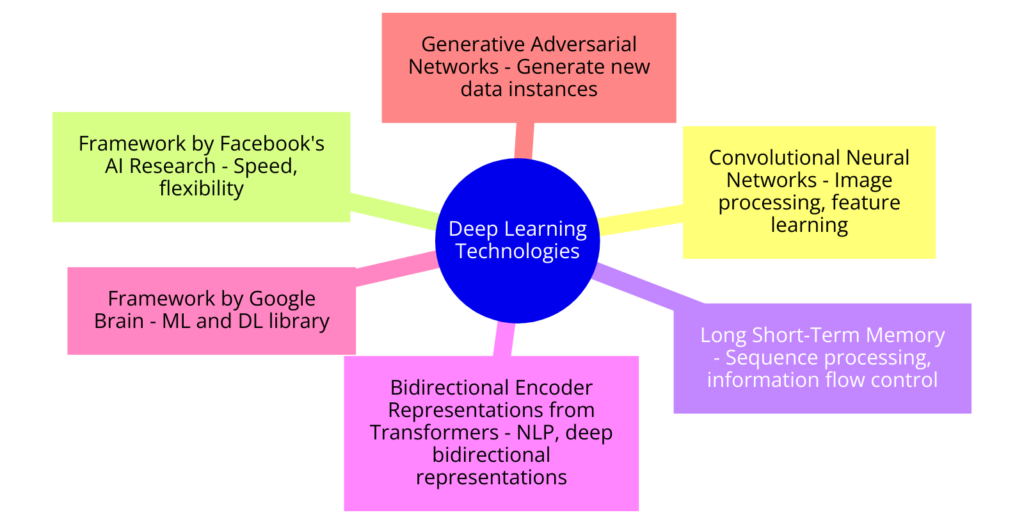
Answers:
- Convolutional Neural Networks (CNNs) – Specialized for processing structured grid data such as images, CNNs automatically and adaptively learn spatial hierarchies of features.
- PyTorch – A flexible deep learning research platform that provides a seamless path from research prototyping to production deployment.
- Long Short-Term Memory (LSTM) Networks – A type of RNN architecture that can learn order dependence in sequence prediction problems.
- Bidirectional Encoder Representations from Transformers (BERT) – A method of pre-training language representations that has shown great promise in improving the performance of various natural language processing tasks.
- TensorFlow – A comprehensive, open-source platform for machine learning, providing a vast array of tools, libraries, and community resources that allows researchers to push the state-of-the-art in ML.
- Generative Adversarial Networks (GANs) – A class of machine learning frameworks designed for unsupervised learning, where a model learns to generate new data with the same statistics as the training set.
This quiz aims to assess familiarity with key technologies and architectures that have significantly contributed to advances in deep learning.
Quiz 2: Real-world Applications
Instructions: Match each deep learning application to the industry it most significantly impacts.
Applications:
- Automated fraud detection in financial transactions
- Precision agriculture through analysis of satellite imagery
- Real-time language translation for global communication
- Predictive maintenance in manufacturing equipment
- Enhancing drug discovery and development processes
- Automating content recommendation on streaming platforms
Industries:
A. Agriculture
B. Healthcare
C. Finance
D. Manufacturing
E. Entertainment
F. Technology/Communications
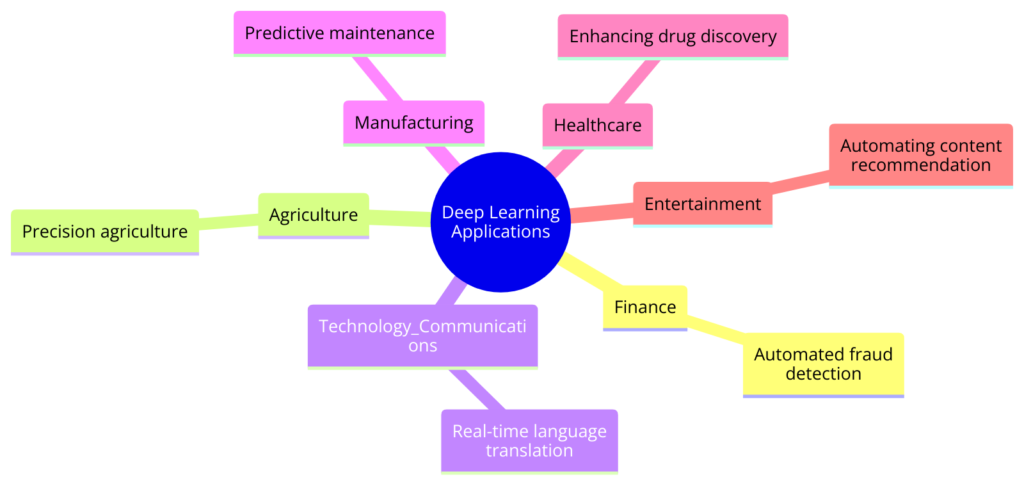
Answers:
- C. Finance – Automated fraud detection systems use deep learning to analyze patterns and anomalies in financial transactions, helping to identify fraudulent activities more efficiently than traditional methods.
- A. Agriculture – Precision agriculture leverages deep learning techniques to analyze satellite and aerial imagery, improving crop yields, monitoring soil health, and managing resources more effectively.
- F. Technology/Communications – Real-time language translation services, powered by deep learning, break down language barriers in global communication, making it easier for individuals and businesses to connect across the world.
- D. Manufacturing – Predictive maintenance uses deep learning to analyze data from manufacturing equipment to predict potential failures before they happen, reducing downtime and maintenance costs.
- B. Healthcare – In the healthcare industry, deep learning accelerates drug discovery and development by analyzing vast datasets to identify potential drug candidates and predict their effectiveness and safety profiles.
- E. Entertainment – Deep learning algorithms personalize content recommendations on streaming platforms by analyzing viewing habits, preferences, and interactions, enhancing user experience and engagement.
This quiz highlights the versatility of deep learning applications across different sectors, showcasing its potential to drive innovation and efficiency improvements in various industries.

